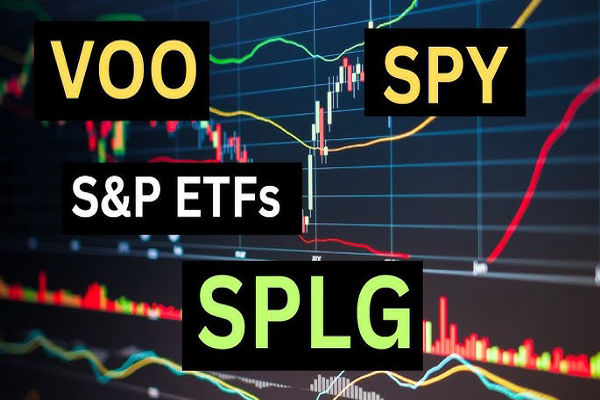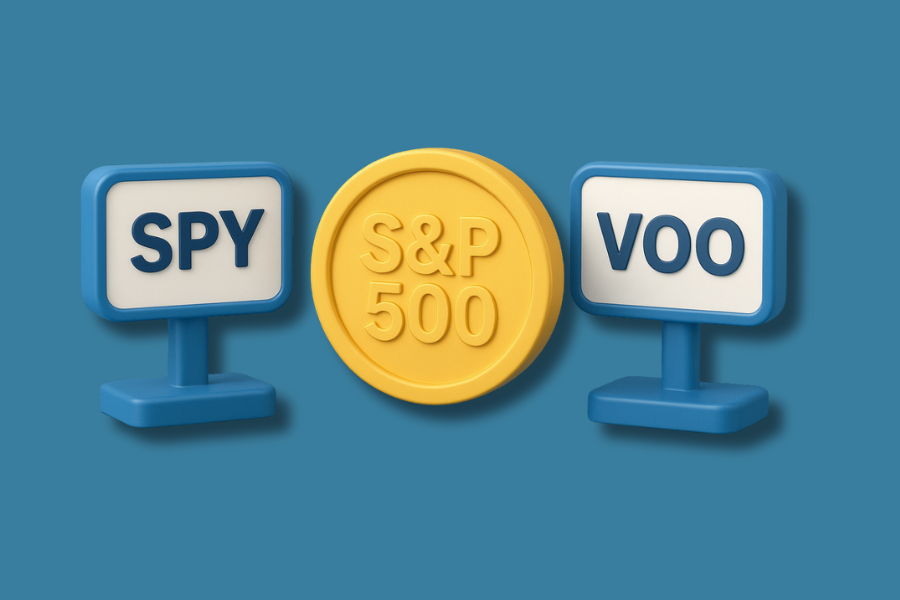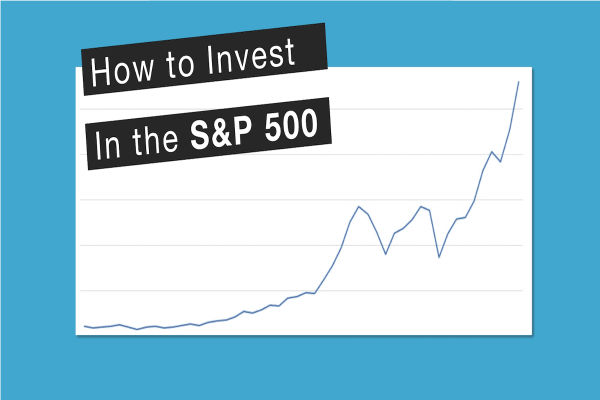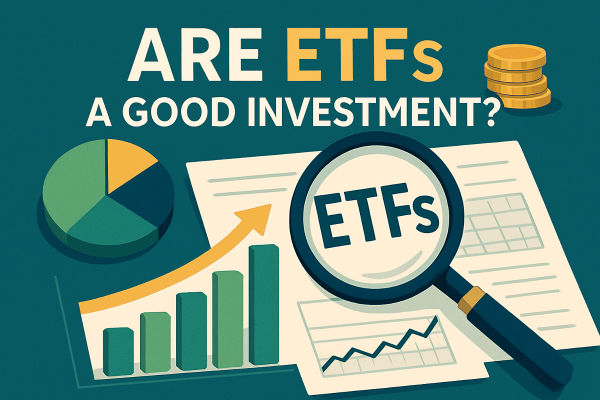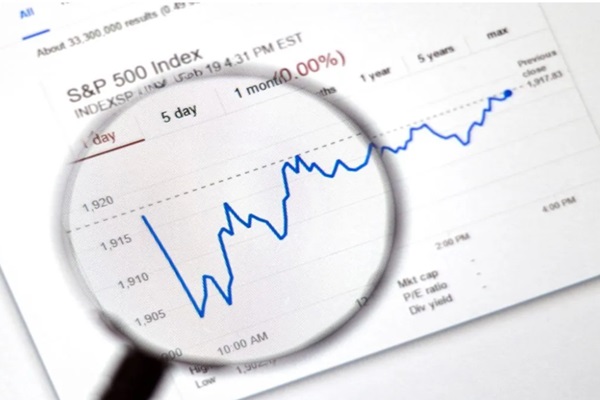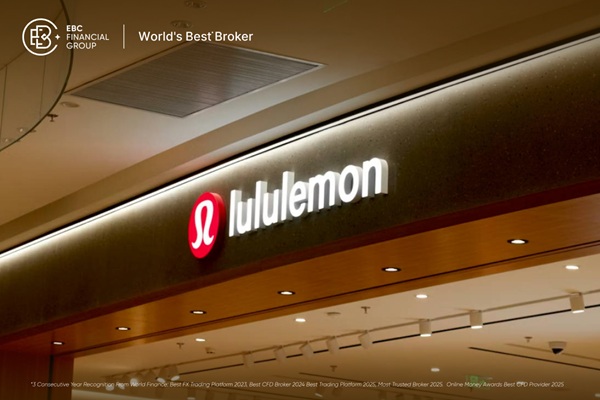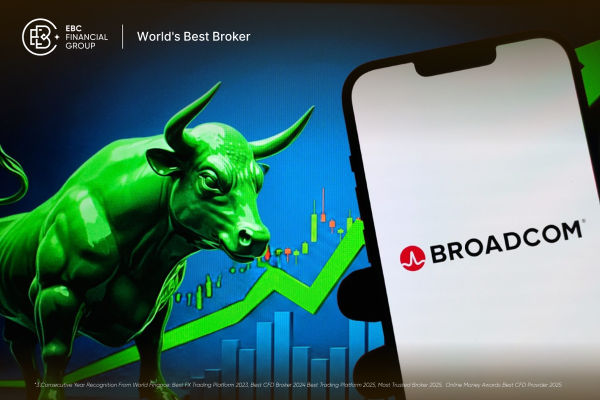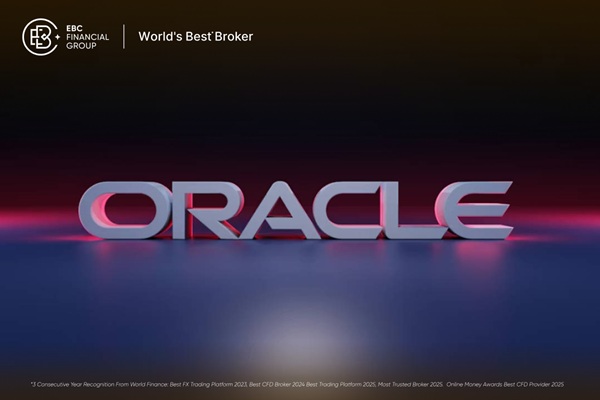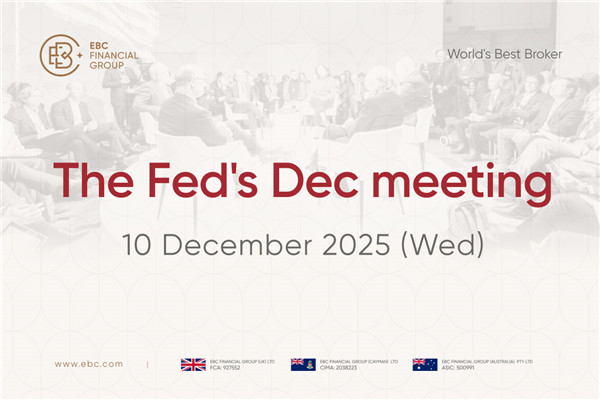Investing in an S&P 500 ETF is one of the simplest and most effective ways to gain exposure to the US stock market. But with dozens of S&P 500 ETFs available, how do you choose the best one for your portfolio?
The answer often lies in a careful comparison of performance and fees. In this guide, we compare the best S&P 500 ETFs for 2025, helping you find the right balance between cost and long-term returns.
Why Choose an S&P 500 ETF?
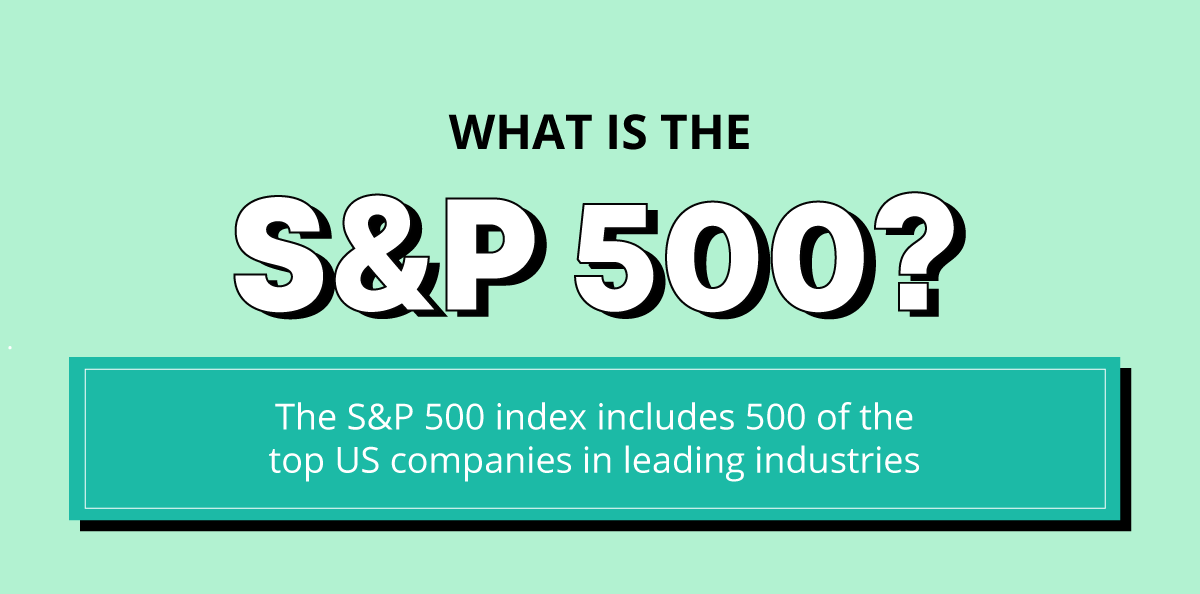
S&P 500 ETFs track the performance of the S&P 500 index, which includes 500 of the largest publicly traded companies in the US. These funds offer instant diversification, low management costs, and a long history of strong returns-averaging about 10% annually over nearly 90 years.
For most investors, holding a single S&P 500 ETF can serve as the core of a long-term investment strategy.
Key Criteria: Performance and Fees
While all S&P 500 ETFs aim to mirror the index, they can differ in:
Expense ratio: The annual fee charged by the fund, expressed as a percentage of assets.
Tracking error: How closely the ETF matches the performance of the S&P 500.
Liquidity: How easily you can buy or sell shares.
Dividend policy: Whether the ETF distributes dividends or reinvests them.
Over time, even small differences in fees can significantly affect your investment returns.
Best S&P 500 ETFs in 2025: Performance and Fees
Here's a comparison of the best S&P 500 ETFs, focusing on their expense ratios and recent performance:

iShares Core S&P 500 ETF (IVV)
Expense ratio: 0.03%
Performance: 3-year annualised return of 12.38%
Overview: IVV is managed by BlackRock and is one of the largest, most liquid S&P 500 ETFs. It closely tracks the index and is a favourite for cost-conscious investors.
Vanguard S&P 500 ETF (VOO)
Expense ratio: 0.03%
Performance: 3-year annualised return of 12.37%
Overview: VOO is known for its low cost and strong tracking of the S&P 500. It's a top choice for long-term investors who value Vanguard's reputation for low fees and investor-friendly policies.
SPDR S&P 500 ETF Trust (SPY)
Expense ratio: 0.09%
Performance: 3-year annualised return of 10.82%
Overview: SPY, launched in 1993, is the oldest and most heavily traded S&P 500 ETF. Its high liquidity makes it ideal for both short-term traders and long-term investors, though its expense ratio is slightly higher than IVV and VOO.
What About Other S&P 500 ETFs?
Beyond the “big three,” there are other options with unique features:
Invesco S&P 500 Equal Weight ETF (RSP): Weights all S&P 500 companies equally, rather than by market cap. This can boost returns in years when smaller companies outperform, but it comes with a higher expense ratio (0.20%-0.35%).
Dividend-Focused S&P 500 ETFs: Funds like the ProShares S&P 500 Dividend Aristocrats ETF (NOBL) target companies with a strong record of dividend growth, appealing to income-focused investors.
How Much Do Fees Matter?
While the difference between a 0.03% and 0.09% expense ratio may seem small, it adds up over time. For every $10,000 invested:
Over decades, these savings can compound, boosting your total returns.
Performance Comparison: Recent Returns
Recent performance among the top S&P 500 ETFs is nearly identical, as they all track the same index. Differences in annual returns are usually less than 0.1%, mainly due to tracking error and fee differences.
For example, in 2024, both IVV and VOO returned around 32.6%, while SPY was just a fraction behind.
Which S&P 500 ETF Is Best for You?
For lowest fees: IVV and VOO are the clear leaders, both charging just 0.03%.
For liquidity and trading: SPY's massive trading volume makes it ideal for frequent traders or those moving large sums.
For long-term investors: Any of the top three are suitable, but lower fees give IVV and VOO a slight edge.
For unique strategies: Consider equal-weight or dividend-focused S&P 500 ETFs for different risk/return profiles.
Final Thoughts
The best S&P 500 ETFs-IVV, VOO, and SPY-all offer reliable, low-cost exposure to the US stock market. For most investors, choosing the fund with the lowest fees and strong liquidity will maximise long-term returns.
Always consider your investment goals, trading habits, and preferred fund provider when making your final choice.
Disclaimer: This material is for general information purposes only and is not intended as (and should not be considered to be) financial, investment or other advice on which reliance should be placed. No opinion given in the material constitutes a recommendation by EBC or the author that any particular investment, security, transaction or investment strategy is suitable for any specific person.
